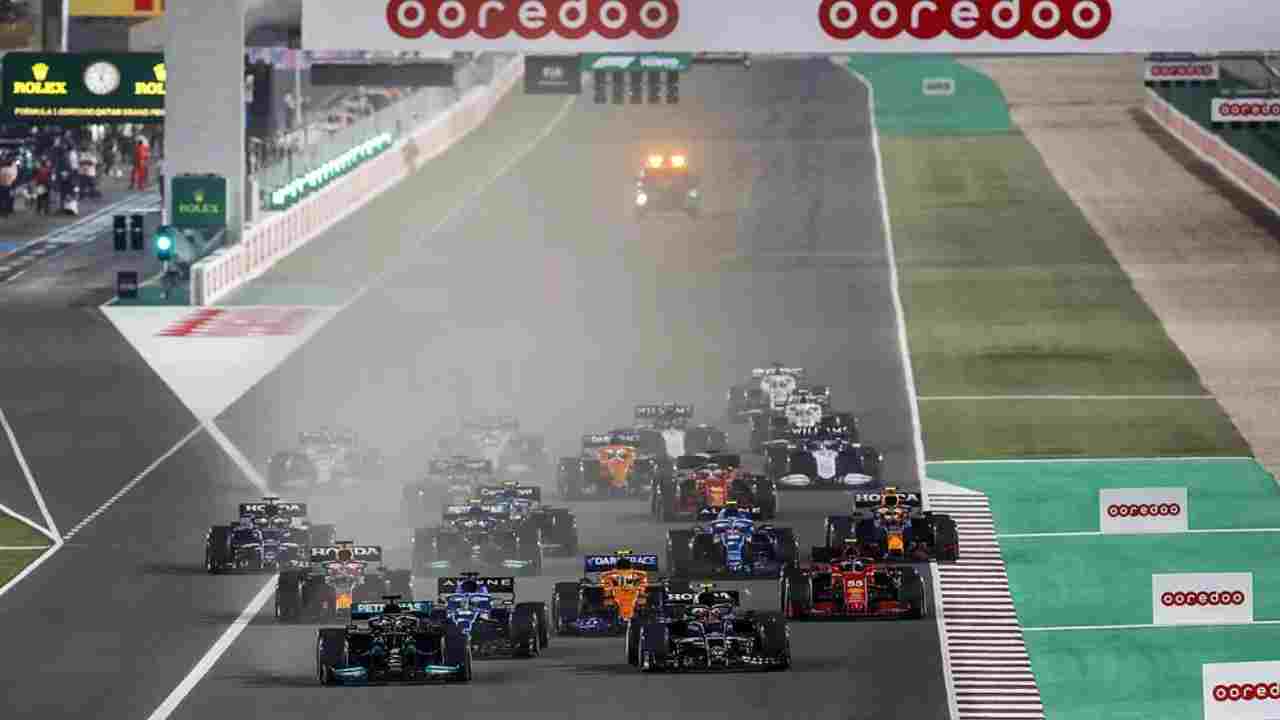Qatar Grand Prix: F1 teams face fresh challenges on ‘new’ Lusail Circuit

The inaugural event in 2021 marked the climax of an intense title battle between Lewis Hamilton and Max Verstappen. Since then, Formula 1 cars have undergone significant changes, with the new generation of ground-effect machinery bearing little resemblance to their older counterparts. However, teams hoping to rely on past data for this weekend’s race in Qatar will be left disappointed, as the circuit has essentially been considered a brand-new venue.
Circuit officials have undertaken a comprehensive overhaul of the track, extending beyond the construction of a new pit and paddock complex. The most critical changes lie on the circuit itself. The FIA noted that it’s the first major resurfacing work since the track’s opening in 2004, combined with other alterations, making a significant difference. The entire track has been resurfaced, along with the replacement of kerbs, run-off areas, guardrails, and fences since the last event. In essence, it’s now regarded as a new circuit due to the extensive nature of these changes.
The ‘new’ Lusail Circuit in Qatar adds an additional layer of complexity to the weekend’s proceedings for F1 teams. With the event adopting a sprint race format, teams must maximize the opening practice session on Friday afternoon to nail down their setup for the entire weekend. Once qualifying begins on Friday evening, the cars are locked into parc fermé conditions, meaning there’s no room for mid-weekend adjustments as seen in traditional race weekends. Furthermore, the Qatar Grand Prix is a night race, introducing variable track conditions and temperatures that will pose additional challenges.
Teams are well aware that the first practice session, scheduled for 4:30 pm when temperatures are at their peak around 40°C, may not provide representative data for the race. Qualifying, starting at 8 pm, anticipates cooler temperatures of around 33°C. This substantial temperature drop, along with potential changes in wind speed and direction, makes precise setup decisions a guessing game. To mitigate these uncertainties, teams have relied heavily on simulator work and preparation before the weekend, aiming to anticipate car behavior and optimize setups.
Enrico Sampo, head of driving simulation at Ferrari, emphasized the importance of thorough simulator work during Friday’s free practice session. With the introduction of ground-effect cars on the Lusail Circuit for the first time, relying solely on 2021 data is insufficient. Teams have virtually collaborated with drivers to establish baseline setups and simulate various scenarios, allowing them to adapt to changing conditions.
As F1 teams gear up for the Qatar Grand Prix, Williams’ head of vehicle performance, Dave Robson, highlighted the event’s unique challenges. With a new track surface and evening sessions, it is expected to be one of the most demanding sprint events of the 2023 season, further underlining the necessity for meticulous preparation and adaptability.





